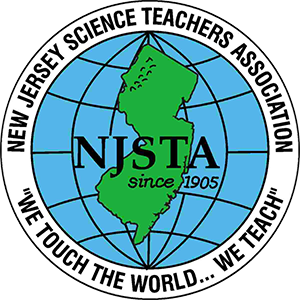- Home
- Resource Center
- Featured Articles
Click the button under each article to read it in it's entirety. |
Featured Articles 2023-24
Science Journal for Kids and TeensScience Journal for Kids and Teens is a fantastic website with free resources for teachers. They have hundreds of scientific articles that are written for kids and teens to understand but the science in them is approved by scientists. They have resources for Elementary, Middle, Lower High School, and Upper High School. You can also sort through their resources by topic & NGSS Standards. Once you have clicked on a topic you can see the article as well as a teacher's key. Additionally, you can see any lesson plan ideas, related videos, a video of someone reading the article, and related articles also published on the site previously. Check it out here and see what articles they have for what you are teaching! | I am a Scientist Project Free ResourceThe objective of the initiative is to “Bring the science and stories of real-life researchers to classrooms nationwide”. This initiative has an amazing website full of FREE resources to help teachers introduce students to diverse, practicing scientists, in all different fields of research in STEAM careers. The site highlights individual scientists and goes into some detail about their childhood, schooling, hobbies & interests that they have outside of science, and of course what they research. The website alone has many great resources that can be used to create lessons for your students. I have come up with 3 different example lessons or projects you can do with your students that highlight this website. There is also a bonus example that can be used for young elementary grade levels. | Air Quality: More Than a Hazy Day“Air Quality is the topic of the 2024 New Jersey State Science Day competition. The challenge is to design an engineering-based solution to address poor air quality in New Jersey’s marginalized communities.” Read more about the science of air quality issues as well as the NJ State Science Day Challenge that revolves around this topic in this article! |
AI in EducationAI has the capability of changing education in numerous ways. Where do we start? What are the implications? What does BING say? | The American Eclipses & Lesson ResourcesThe upcoming total solar eclipse on April 8, 2024, presents an excellent opportunity for New Jersey residents to witness this awe-inspiring event firsthand, whether from their backyard or by taking a short drive to be in totality. September 2023 |
Featured Articles 2022-23
Primary SourcesIn the January, February, and March newsletters, we explored the Nature of Science and the origin of science and engineering practices and crosscutting concepts associated with three-dimensional science learning. This article expands on Science as a Way of Knowing. We will examine (1) the supporting role primary sources play in sensemaking, (2) how primary sources support the science education goal of scientific literacy, and (3) instructional strategies and free resources... | Nature of Science & CCC'sIn this article, we will examine these four characteristics (1) as they relate to the teaching of science, (2) as the origin of crosscutting concepts, and (3) in the context of NJ Student Learning Standards for Science. | Nature of Science & SEP'sThis article examines four characteristics of scientific practices related to Nature of Science (NOS), analyzes how they are related to NJ Student Learning Standards and Science and Engineering Practices, and identifies student learning standards that explicitly include instruction related to the NOS. | Nature of ScienceStudent-as-scientists is the core concept of what NSTA calls Sensemaking (Sensemaking, 2022)... Education research cited in the Nature of Science (2020) indicates that effective science instruction begins with teachers who understand the principle ideas of the nature of science. January 2023 |
